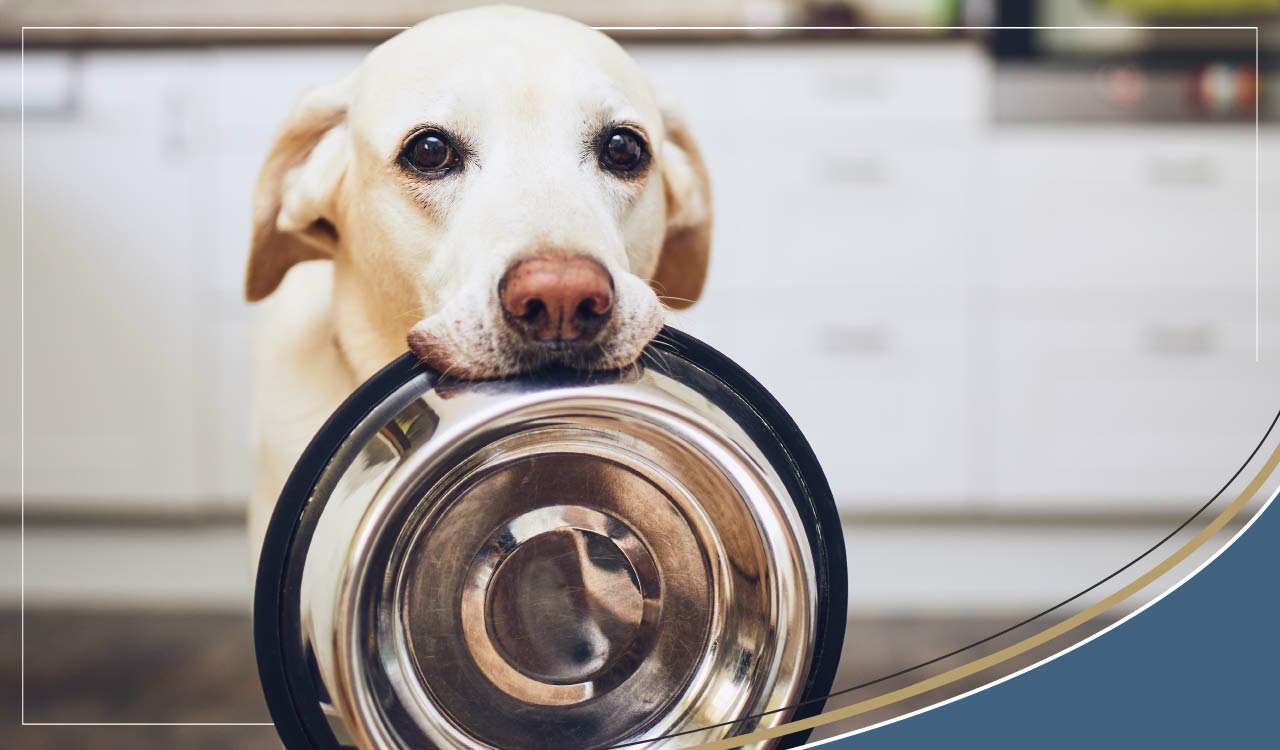Canine diabetes, with 1 in 500 dogs classed as diabetic what can be done?

Canine Diabetes
Diabetes is a malfunction of the endocrine system. As in so many disorders, signs and symptoms can initially be vague and non-specific. Weight loss, despite an increased appetite (polyphagia), increased urination (polyuria) and increased water consumption (polydipsia) should alert an owner that there is a problem of some kind. Carbohydrates produce glucose that enters the bloodstream after intestinal absorption. This glucose is then carried into the cells of the body by the hormone insulin. Glucose gives the body energy and if its transportation is disrupted by diabetes lethargy might well be another symptom. Left undiagnosed, and therefore untreated, a smell of ketones, similar to peardrops can be detected on the breath. This is caused by the body metabolising fat instead of glucose in an attempt to provide the energy needed for existence. Vomiting might also occur and, because eye damage is quite common in uncontrolled or badly controlled diabetes, cataracts can develop.
The incidence of diabetes in the canine population shows it is not that rare. About 1 in 500 dogs, mainly older ones, can be expected to develop the condition. There appears to be a preponderance of females who succumb and certain breeds seem to exhibit a tendency towards becoming diabetic; poodles, retrievers, spaniels, dachshunds and German shepherds being some of those. Interestingly, some females succumb in gestation but the disease regresses once parturition has occurred. We have looked at other auto immune diseases in previous articles and diabetes can certainly occur as a result of malfunction in the auto immune system. Sometimes a disorder of the pancreas can precipitate the onset as can being overweight and consuming an inappropriate diet. On occasions there is a genetic predisposition as there is in humans.
If diabetes is suspected, based on clinical symptoms, the first step will probably be to analyse a urine sample. Uncontrolled diabetes will produce glucose in the urine (glucosuria). This will then lead to the taking of a blood sample to assess the concentration of glucose in the blood. An increased concentration,( hyperglycaemia), implies that either the dog has become resistant to insulin produced by the pancreas (Type 2 diabetes) or that the pancreas is not secreting insulin (Type 1). The vast majority of dogs will have the latter. Other abnormalities that might be observed in the blood sample include a raised white blood cell count if infection has entered the body and a lower than normal level of phosphorous.
Once the disease has been confirmed treatment should be promptly initiated. As we saw in the articles on Addison's and Cushing's, individuals respond differently to treatment regimens and some tweaking and twiddling will be necessary to achieve optimum results. If the condition has gone undiagnosed and therefore untreated for some time it will obviously be harder to get the insulin/glucose balance back nearer to normal levels. Oral treatment and strict adherence to a diet might be sufficient but the vast majority of dogs will require injections of insulin for life.
This can be daunting for some owners initially but, once a technique and routine have been established, most cope very well with the necessity to medicate their pets. The vet will advise on the correct timing of the insulin dose and the diet likely to give the best outcome. The aim is to keep blood sugar levels from fluctuating too widely and enable the carbohydrates in the food to be in balance with peak levels of insulin. The owner will also need to monitor the condition by means of blood testing strips. Most owners adapt well to this and gain confidence as they go.
Obviously, although it is necessary to stop the blood sugar from rising too high it is also a danger if it falls too low. Hypoglycaemia can be caused by sudden increased exercise levels or the influence of another illness and/or medication. Food should be provided, if the dog can swallow it safely, should signs of a "hypo" occur such as weakness, lethargy and vomiting. Should the dog be unwilling or unable to accept food, don't persist. There is a risk of choking. Smear some honey or sugar solution on the tongue or on the inside of the mouth. Once the dog is able to respond and swallow safely, offer some food as the longer lasting carbohydrates will be necessary once the short acting sugar spike has worn off. Clearly, should the dog become unconscious veterinary attention should be sought immediately.
Little can be done if there is a genetic element to the development of diabetes. A healthy diet and avoidance of obesity has a definite part to play in lowering the risk of it occurring.
As in people, (and I was married to a Type 1 diabetic for almost 40 years until his untimely death from kidney disease), diabetes can cause problems in many areas of the body. Cataracts can develop, generally in the older dog. Early diagnosis and treatment give the best chance of a successful outcome. Another eye related condition is dry eye or keratoconjunctivitis sicca. Treatment aims at restoring the moisture of the eye by artificial lubrication drops and, if infection threatens or has taken hold, a course of antibiotics.
Again, as in humans, renal function can be impaired. This is most usually a late developing problem but it can be readily appreciated that it is a serious one. Urinary Tract Infections (UTIs), due to the presence of sugar in the bladder creating a congenial home for bacteria, can also occur. Regular urine sampling is recommended for all diabetic dogs and a certain product can be very helpful in coping with this complication!!Liver enzymes can be elevated in diabetic patients, due to the changes in the metabolising of fat, so hepatic testing might also be recommended by your vet.
Interestingly, there also appears to be a link, in some instances, between Cushing's disease and diabetes. Hypothyroidism, which will form the subject of a future article, can also complicate the control of diabetes. It can be seen from all of the above that diabetes is a serious illness but, swiftly diagnosed and rigorously managed, whilst working closely with your vet, should give optimum chances of the dog going on to live a long and happy life.
 Free Royal Mail 24 Tracked Delivery - Spend £10+
Free Royal Mail 24 Tracked Delivery - Spend £10+
 Support 01904 789559 - 20+ Years Expertise
Support 01904 789559 - 20+ Years Expertise
 Rated 5 out of 5 on Trustpilot
Rated 5 out of 5 on Trustpilot
















